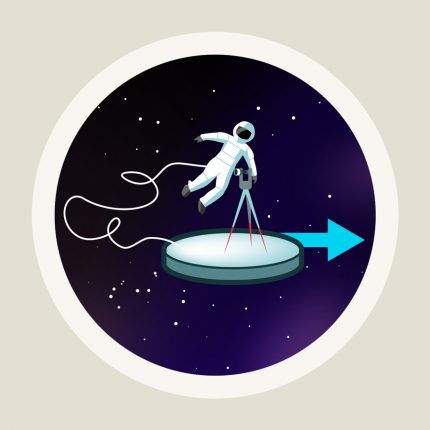Black holes & Co. / Elementary tour part 1: Neutron stars and pulsars
Stars that are between five and forty times as massive as our sun end their lives in a spectacular way - not with a whimper, but a bang! Once their nuclear fuel is exhausted, there is an gigantic explosion called a supernova, in which the outer layers of the ...
Cosmology / Elementary Tour part 1: The expanding universe
Together, billions and billions of stars like our sun form gigantic star systems - galaxies like our own Milky Way galaxy, which probably doesn't look all that different from the galaxy NGC 4414 shown here: The cosmological models of general relativity ...
Special relativity / Elementary Tour part 1: Relative to whom?
"Everything is relative," as the pop version of Einstein's theory goes. Not so. That statement, for instance, is absolutely wrong. The scope of special relativity is rather more narrow. It concerns only very special situations, very special observers, very ...
Cosmology / Elementary Tour part 4: A mysterious beginning
From the first millionth of a second on, the big bang models are on fairly safe ground. Standard theories of physics such as the standard model of particle physics tell the researchers how matter behaves under the temperature conditions in question, and the ...
General relativity / Elementary Tour part 2: The cosmic dance
In this new picture, there is no gravitational force that masses exert on other masses. Instead, there are spacetime distortions. Spacetime in the presence of a mass is curved. In flat, empty spacetime, small test particles follow straight lines. However, ...








